Taxidermy had not held much interest for Lynn Savarese, until she signed on as a volunteer photographer for New York City's American Museum of Natural History
(AMNH). Though she was simultaneously working on numerous projects in
travel, interior, and portrait photography, and as well as works
featuring abstracted flowers in decay, her experience with the AMNH made
her enamored of the world of dead animals.
“I grew mesmerized by this art form when photographing bird mounts for
the AMNH’s archival digitization project,” Savarese tells The Creators
Project. “Overwhelmed by the heartbreaking charm of these figures and
their disquieting embodiment of both life and death, I sought to
understand the medium better. I hadn’t known, for instance, that John
James Audubon’s masterful rendering of birds depended on his proficiency
as a taxidermist, or that Charles Darwin’s taxidermy skills were
essential to his scientific pursuits.”
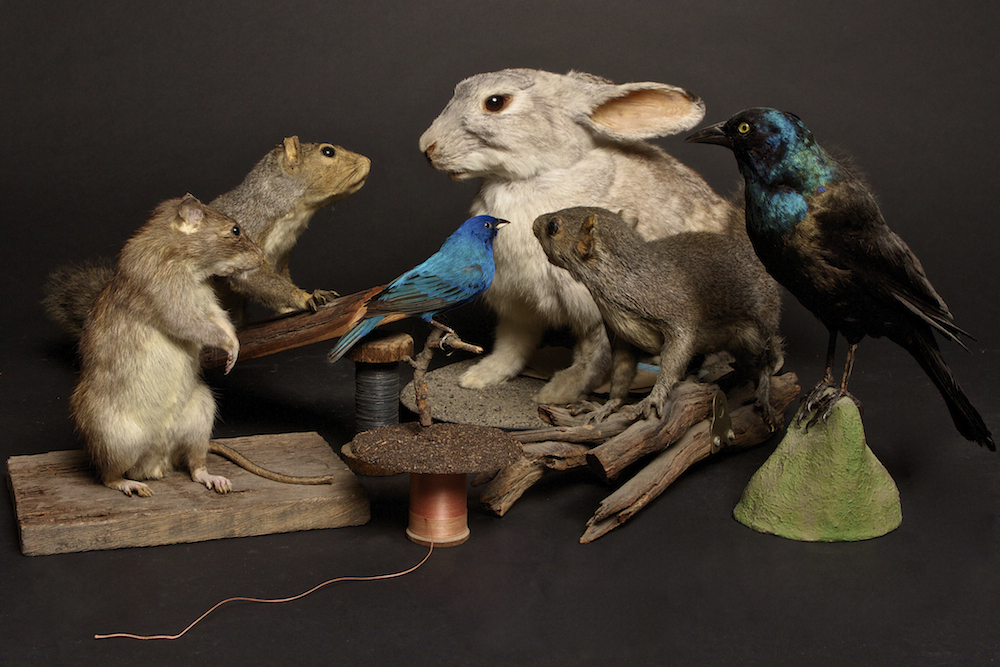
Rat and Bunting 14
During her time as a volunteer, Savarese began to see a narrative among
the animals that displayed how life could be carried over into still
form. “Through scientific knowledge and acute observation, precise
sculptural artistry and theatrical intuition, the taxidermist aims to
achieve the illusion of life through the remains of death.” Savarese
explains. “Rarely are life and death portrayed simultaneously with such
quiet force and wonder.”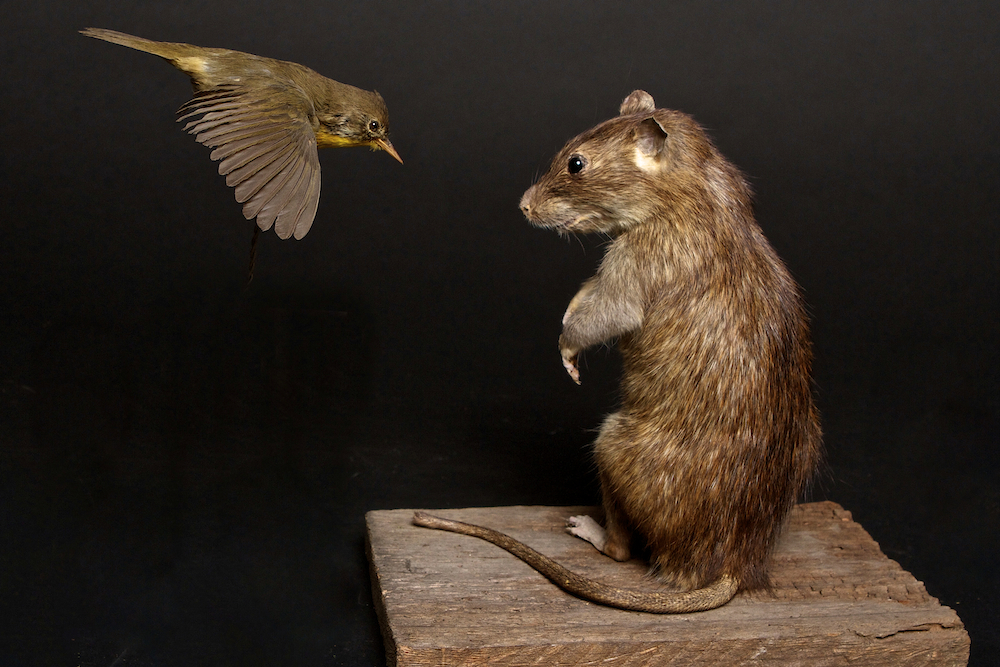
Rat and Bunting 3
“While enthralled by the enigmatic beauty and character of these
specimens, I never lose sight of man’s hubris in turning animals into
replicas of themselves and the inherent irony in attempting to achieve
immortality for them through killing them. Doubly ironic, however, is
that I've never felt more deeply the wonder and beauty of our animal kin
than in my close-up encounters with these mounted creatures.”
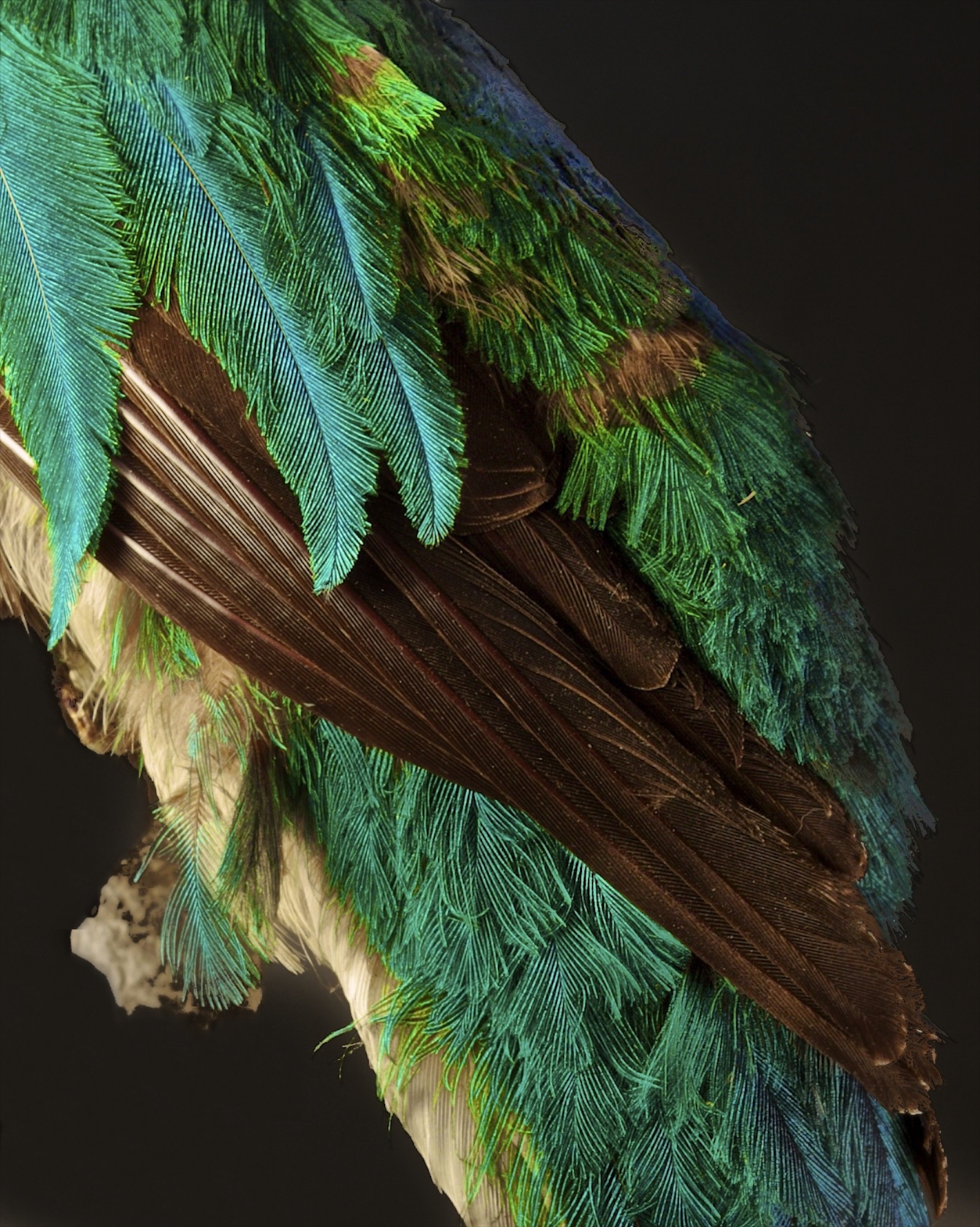
Plumis Zmaragdus
In her first taxidermy series, My Still Life Aviary, Savarese
focused on the fate of mounted birds in limbo. “These specimens were too
old and tattered to be put on public display, but federal and state law
forbids the sale of any that are endangered species to any other party
who might have an interest in preserving and protecting them," she tells
us. In her second series, The Death and Life Adventures of Rat and Indigo Bunting,
she was inspired by E.B. White's masterful portrayal of
anthropomorphized animals. Recently, Savarese has started work on a more
abstract series called Plumigeri, in which she examines the extraordinarily intricate patterns appearing on the feathered backs of mounted birds.
“In My Still Life Aviary series, my aim was to capture not
only the haunting charisma of the mounted birds but also the ethical
challenges they present, as well as their power to convey the
endangerment and threat of extinction many bird species face today.
Paying them tribute through photography became, for me, an almost
reverential mission,” says Savarese. “In the future, I would like to
experiment with different environments, and draw upon a greater variety
of mounted animals.”
“I am excited to be revisiting mounted birds from a new perspective,
and enjoying the much more abstract images that emerge when my focus is
exclusively on their feathers.”
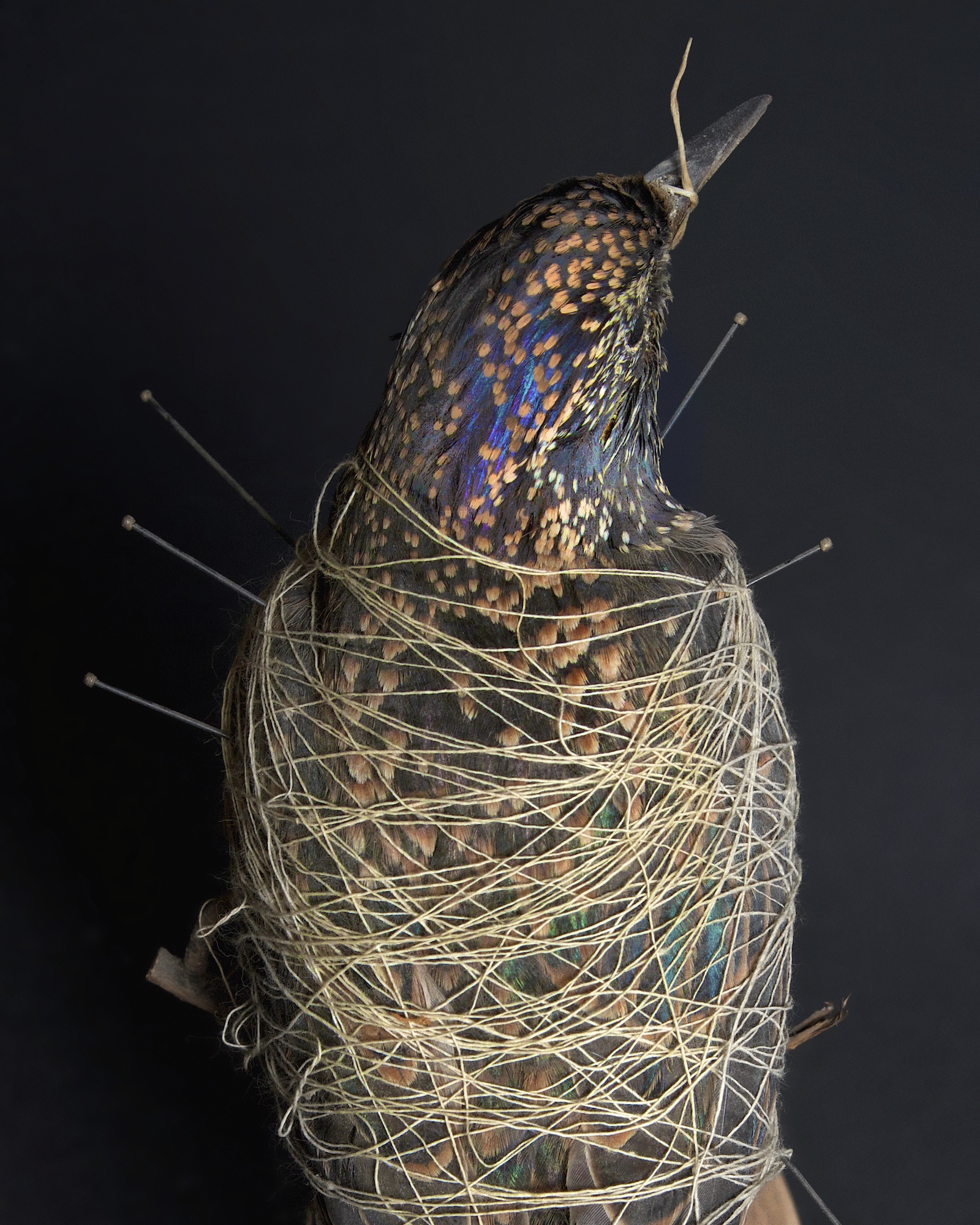
Prometheus Vinctus
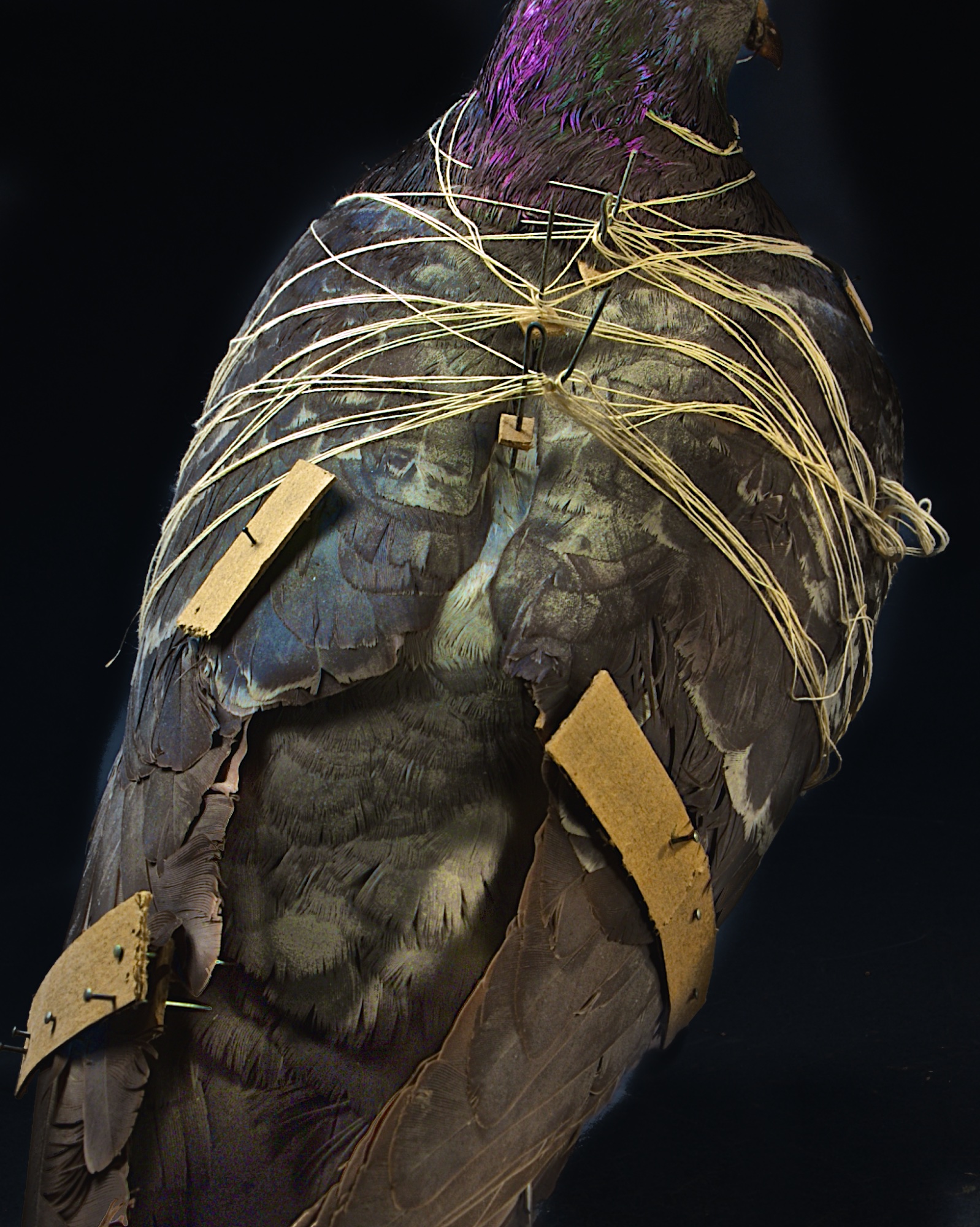
Afigo
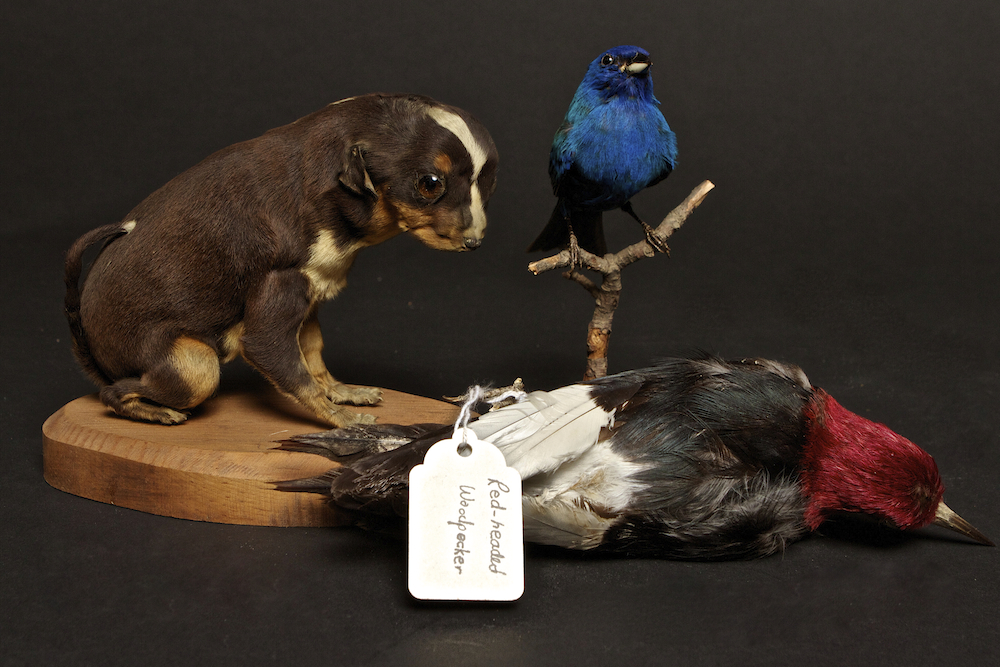
Rat and Bunting 9












No comments:
Post a Comment